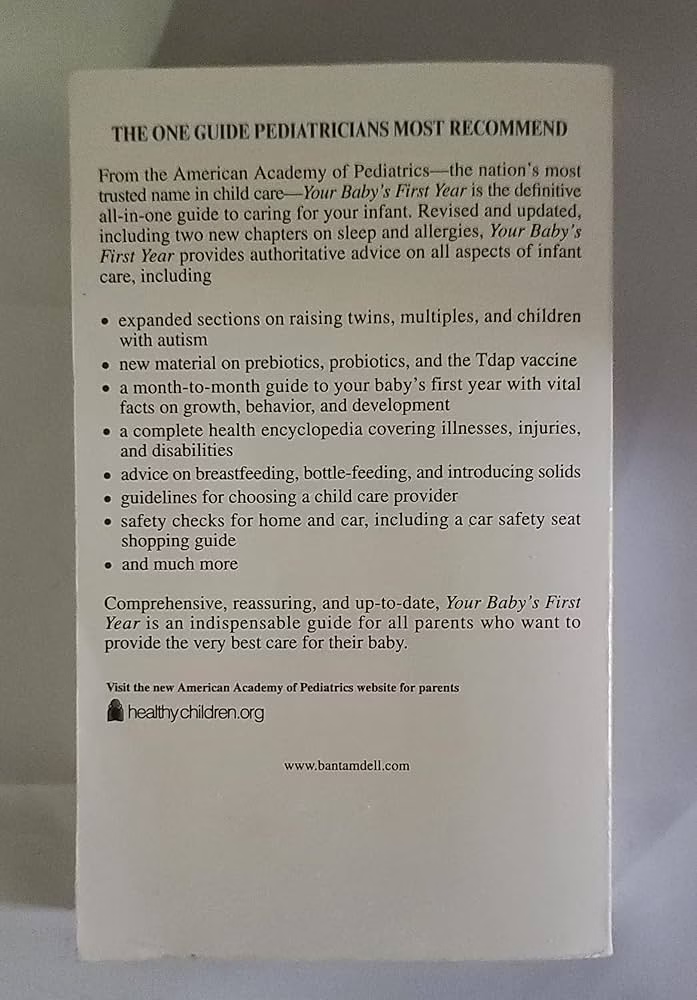Can a Child Swim With an Ear Infection: The Do’s & Don’ts
It’s generally safe for a child with a middle ear infection to swim, but not with swimmer’s ear. Swimming with an otitis externa (swimmer’s ear) should be avoided as it may worsen the condition.
Parents often wonder about the dos and don’ts when their children are unwell. An ear infection raises specific concerns, especially considering how common aquatic activities are among kids. Swimming is a popular pastime for children, offering not just fun but also significant physical exercise.
Yet, when a child develops an ear infection, it prompts a question of safety and health risks associated with swimming. Distinguishing between middle ear infections and outer ear infections, commonly known as swimmer’s ear, is crucial here. Proper treatment and doctor’s advice are key in deciding whether a child can plunge into the pool without causing further damage to their ear health. As such, it’s essential for parents to seek medical guidance before allowing their child to swim, to ensure that any ear condition is properly managed and doesn’t lead to complications.
Ear Infections And Water Activities
Ear infections differ in type and severity. Outer ear infections, also known as swimmer’s ear, occur in the ear canal. Middle and inner ear infections are deeper and may be more serious.
Swimming with an ear infection brings certain risks. Water can aggravate the infection. Bacteria in pools may worsen it. Doctors often suggest keeping ears dry during an infection.
| Outer Ear Infection | Swimming can irritate the infection. |
| Middle Ear Infection | Swimming might be okay if treated. |
| Inner Ear Infection | Best to avoid swimming. |
Parents should consult a pediatrician. Each case can be different. Ear plugs or custom ear molds may help. They keep the water out while enjoying the pool.
Assessing The Safety Of Swimming
Swimming with an ear infection requires care. Children may swim unless pain or fluid drainage occurs. Doctors often allow swimming if the infection is within the middle ear, and treatment has started. Yet, ‘swimmer’s ear’, an outer ear canal infection, means water should be avoided.
High fever or severe pain also suggests staying dry. If your child has symptoms after swimming, such as ear pain or water trapped in their ears, consult a doctor. Properly fitting earplugs can help prevent further issues.
Understanding Swimmer’s Ear
Swimmer’s ear is an infection caused by trapped water. This can happen in pools, lakes, or baths. Kids’ ears can get bacteria or fungus from this water. These germs love moist places. They grow in your child’s ear and cause pain.
Keep your child’s ears dry to stop swimmer’s ear. Dry their ears after swimming or bathing. Keep water out when they shower. Use earplugs if they swim often. This can help keep their ears safe.
Check with your doctor before swimming with an ear infection. They can tell you if it’s safe. Your child’s health is most important.
Proper Ear Care For Swimmers
Drying ears after swimming is key to preventing infections. Tell your child to tilt their head to each side and gently pull the earlobe in different directions to let water out. Using a towel or a soft cloth can help dry the outer ear.
For the use of ear drops, certain types can aid in drying out the ear. Consider drops that contain alcohol or acetic acid. But, only use them if there’s no ear tube or hole in the eardrum. Always ask a doctor before putting drops in a child’s ear.
Medical Advice On Swimming
Speak to a doctor before letting your child swim with an ear infection. Safe swimming depends on the infection type. A middle ear infection might allow for pool time with care. Yet, swimmer’s ear, an outer ear infection, will require keeping the ear dry.
Follow the professional’s guidance for treatment. Medications might be prescribed. Keep your child’s ears dry and use earplugs if recommended. Drying drops post-swim can help too. Always dry the ears gently after any water exposure.
Precautions For Kids With Ear Infections
Kids with an ear infection need extra care. Doctors often suggest keeping their ears dry.
This means no swimming if the doctor advises. Check with your healthcare provider first. They know your child’s health.
Instead, consider safe indoor play. Things like puzzles, drawing, or reading. These keep them busy and their ears safe.
Myths And Facts About Ear Health
Many believe swimming with an ear infection is unsafe. This is not always true. Ear infections vary. Some kids may swim, but others should avoid it.
Experts suggest consulting a doctor before swimming. Swimming with otitis externa, or swimmer’s ear, could worsen the condition. Dry the ears well after swimming and use ear drops if prescribed.
Frequently Asked Questions
Can My Kid Swim With An Ear Infection?
Consult your doctor before allowing your child to swim with an ear infection, as it may worsen their condition.
Is Pool Water Bad For Ear Infections?
Swimming with an ear infection can introduce bacteria, potentially worsening or causing swimmer’s ear. It’s best to avoid pool water with ear issues.
How Long Should You Wait To Go Swimming After An Ear Infection?
Wait at least 7-10 days after an ear infection before swimming to prevent complications.
Conclusion
Deciding whether a child with an ear infection should swim can be challenging. Always seek medical advice first. With the right care, some infections won’t restrict pool time. Remember, each child and infection is unique. For their health and peace of mind, prioritize a doctor’s guidance above all.





